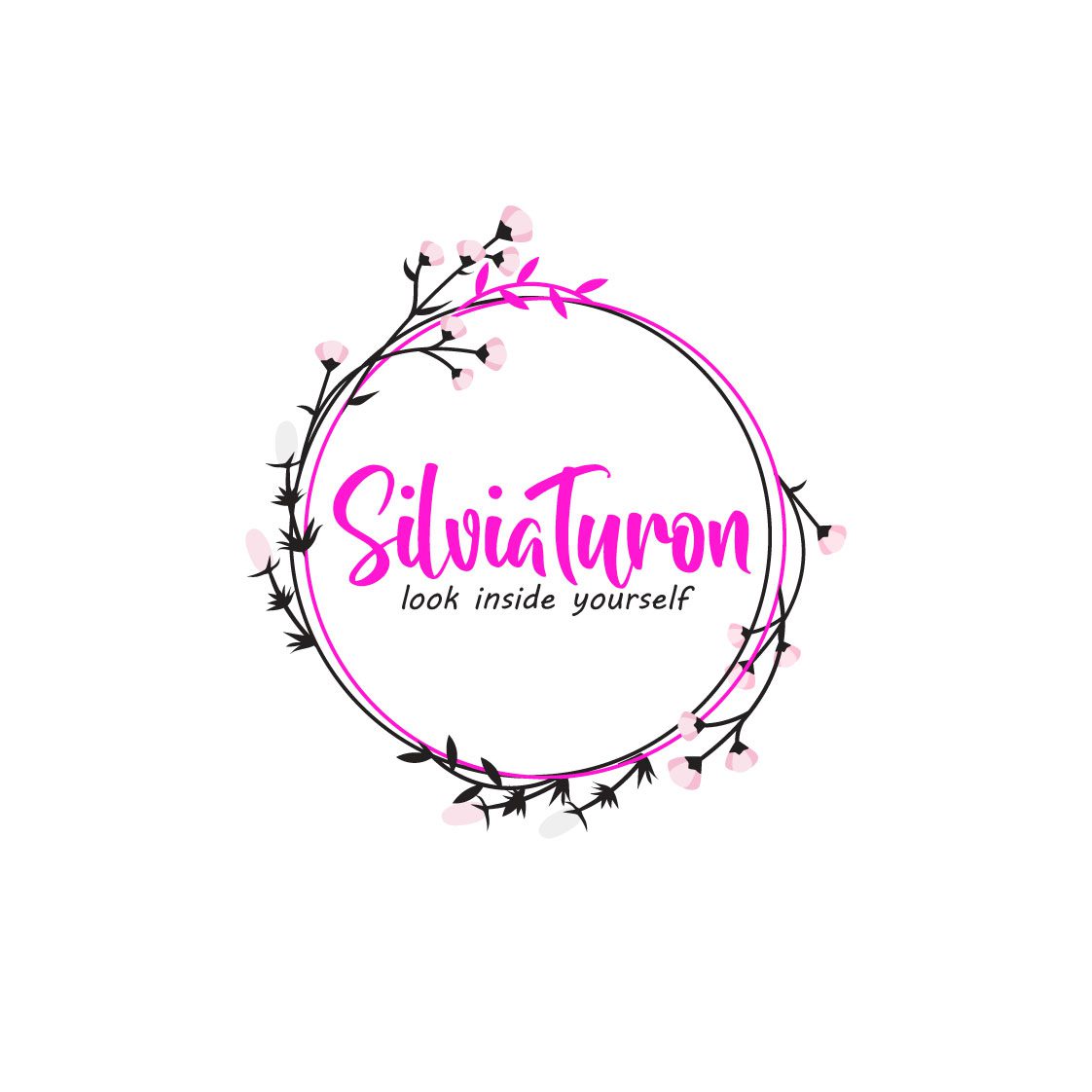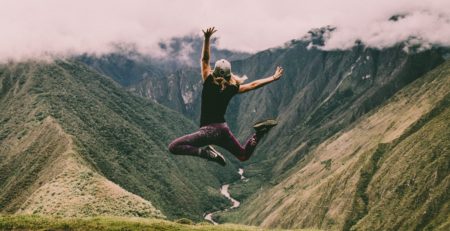Mindfulness 101: 3 Simple Exercises for More Happiness in Life
“The only impossible journey is the one you never begin.” Tony Robbins
Since I began my meditation practice a few years ago, I heard stories of people who had what’s known as an out-of-body experience.
Although I was intrigued by what it feels like or looks like when one reaches such a deep meditative state, I struggled to picture it for myself.
Until about ten days ago…
I was sitting in my chair, listening to one of my favorite Joe Dispenza meditations. Thankfully, I was able to sink into my meditation quickly. Although my room was pitch black, I suddenly began to see the light. It was bright and white. I didn’t see anything else but this light and experienced an overwhelming sense of joy and wholeness. It felt as if I found myself in a different universe and completely disconnected from my physical body.
The entire experience took only a couple of minutes but what I felt had no words. The best way to describe this sacred moment would be wholeness, peace, and love.
The next day, I thought about it and felt amazed by the whole experience. Because of the intense positive emotions and feeling of oneness I experienced the day before, I knew it was extremely healing for my soul.
This experience made me wonder: “What if we can use mindfulness and meditation as a way to heal ourselves while living a more joyful life?”
Although understanding our past and its impact today is important for healing and overall recovery, it is only half of the battle for many who experienced any sort of trauma or abuse.
The second part is habits and techniques that help us heal, self-regulate and rewire our brains.
After my out-of-body experience, I realized that there is so much potential in our own ability to heal and become mentally and emotionally resilient.
Although I feel that I am only scratching the surface of what I am about to learn and discover when it comes to meditation and mindfulness, I want to share with you a few tools for self-regulation, managing your stress, and going within.
Mindfulness practice #1 Inhale-hold-exhale
This mindfulness technique is one of my favorites, and I use it right before my meditation when I want to fall asleep or bring my attention to my body. I use it when I am stressed or overwhelmed.
It goes like this: Inhale slowly to a count of four, then hold for four and exhale slowly to a count of four or more. That’s it.
As Jay Shetty writes in his book Think Like a Monk, “Deep breathing activates a part of our nervous system called the vagus nerve, which in turn stimulates a relaxation response throughout our bodies. The simple act of controlled breathing is like flipping a switch that shifts our nervous system from the sympathetic, or fight-flight-freeze, state to the parasympathetic, or rest-and-digest, state, allowing our mind and body to get back in synch.”
What if we can use this simple technique to self-regulate and learn how to reduce our fight or flight responses?
Mindfulness practice #2 Become grounded (scan your body)
With this mindfulness technique, you begin by scanning your body. Be mindful and acknowledge every part, from the top of your head, eyebrows, nose, and lips to your neck, chest, belly, pelvis, legs, and feet.
Observe any discomfort you feel throughout your body. Try not to judge this pain – give it your acknowledgment and space to express itself.
Tip: Make sure to have both feet firmly on the ground when doing this exercise, as it helps with being more centered and present.
Mindfulness practice #3 Joy visualization
Close your eyes and bring to your attention a moment from the past or the future. It must be something that brings joy and gratitude when you visualize it. Incorporate each of your senses. What do you smell? Taste? Touch? Hear or see? Immerse yourself in this experience and feel the joy from focusing and visualizing this precious moment.
Here is my reason behind this technique. Our mind divides into three parts: conscious, unconscious, and subconscious. We are going to focus on the conscious and subconscious minds. Although both govern our lives, they aren’t equally influential. While our conscious mind is often known as the thinking or logical mind, it represents only 5%. 95% represents our subconscious mind which governs most of our decisions. It is also known as the emotional mind.
As you already know, many of us don’t make decisions based on what we think but feel. The emotional part of our brain directs most of our decisions and choices in life.
Then this begs the question, “How can we use simple mindfulness techniques to self-regulate, calm our anxiety and live in states of more joy?”
Conclusion
Through my practice and the results of others around me, I concluded that meditation and mindfulness affect our psyche and how we process difficult experiences.
Although many of us have goals we want to achieve and milestones to reach, at the end of the day, what truly matters is how you feel at 2 pm on a regular Thursday afternoon while performing your mundane tasks.
I am committed to providing you with more tools, tips, and techniques on how to go within and access the most sacred space there is – your SOUL.
P.S. Since I believe and have experience that yoga and meditation can directly affect our healing and self-love, I decided to further my education and created a Silvia’s Healing Souls Fund. If you would like to find out more, click HERE.












Leave a Reply